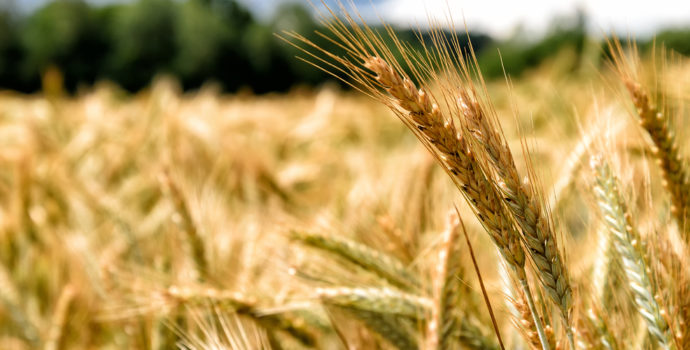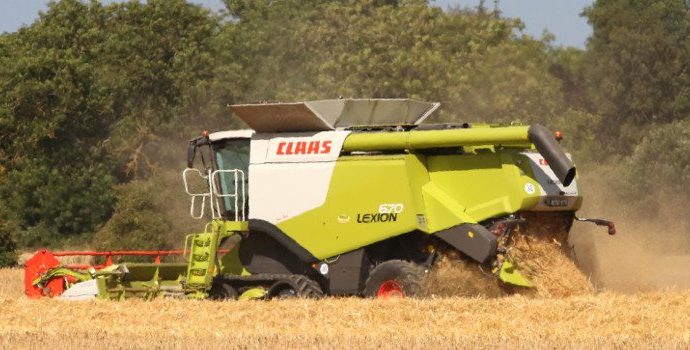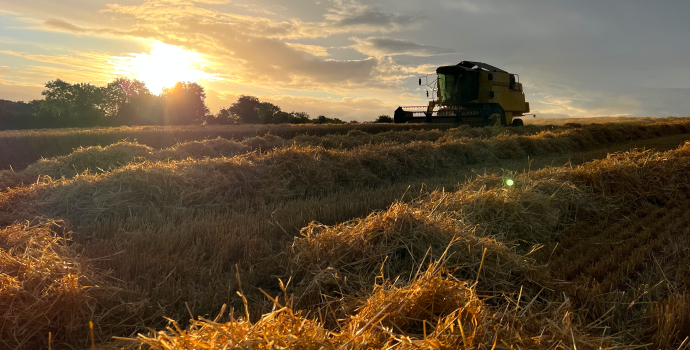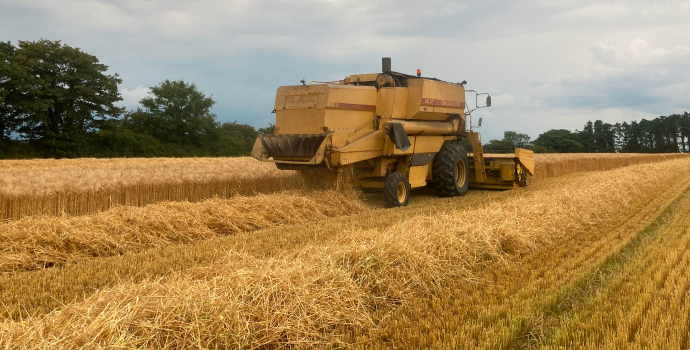Grain Council Report September 2021
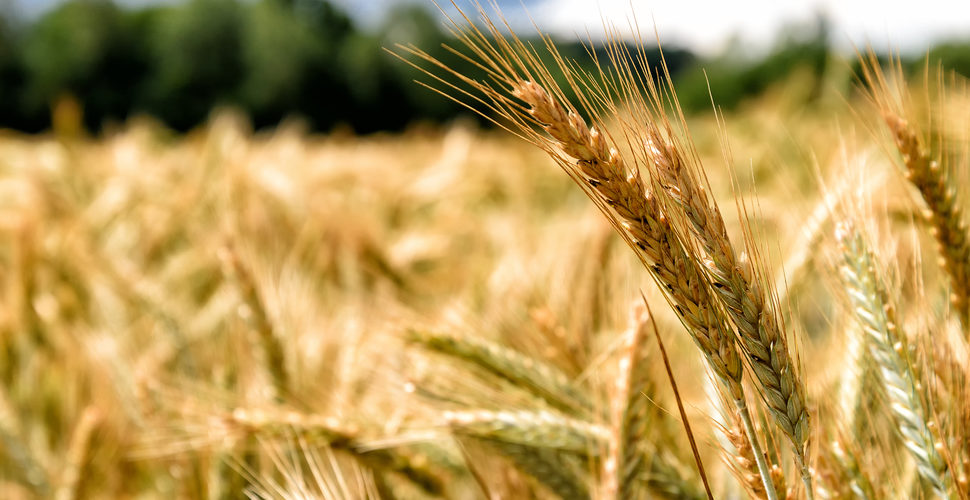
The favourable spell of weather during the last week of August has enabled the vast majority of the Irish cereal harvest to be completed. Only crops such as spring oilseed rape and spring beans now remain to be harvested in September.
In general, yield reports were favourable for most cereal crops. Winter wheat crops in the main growing region of north Leinster ranged between 4-5t/acre at 19-20% moisture with occasional crops achieving over 5t/acre, wheat yields further south and on lighter soils averaged closer to 4-4.25t/ac, Hectolitre weight values appear to be slightly lower than normal at 72-75kph green.
Spring barley yields nationwide can be described as moderate to good overall with reports suggesting most crops are falling in a range between 2.5-3.5t/ac. There were occasional reports of 2.3-2.4t/ac on crops which suffered from drought in June and July. Hectolitre weights are described as good in spring barley with many crops achieving between 64-66kph. Pass rates in malting barley were well above average with both grain proteins and screening levels remaining low throughout the harvest campaign.
Domestic green grain prices are now at their highest since the harvest of 2007, with €205/t widely available for green barley and €215/t for green wheat in merchants across the country.
Irish Native / Import Feed Prices 31.08.21
| Spot €/t | Nov 2021 €/t | Nov 2022 €/t | |
| Dried Feed Wheat | 245 | 240-245 | 212-215 |
| Dried Feed Barley | 230 | 230 | 200 |
| FOB Creil Malting Barley | 262 | 243 | N/A |
| OSR Dry | 520 | 535-540 | 450 |
| Maize (Import) | 270 | 225 | N/A |
European Outlook
European wheat prices increased very significantly during the month of August. MATIF November 2021 wheat prices are currently trading between €240-245. There is now a consensus that a shortage of quality milling wheat exists across key producers in Europe. Higher summer rainfall levels resulted in variable yields and average to poor quality in France, Germany and Poland. The German agriculture ministry has reported that the 2021 wheat crop will reduce overall by 3.6%. Total EU-27 wheat production has been revised downwards by both the EU Commission and The International Grains Council respectively. The AHDB have reported that wheat yields in the UK are slightly above the five-year average but harvest was slower than normal throughout August.
The FOB Creil malting barley index has also rose significantly on the back of concerns over quality in the European barley crop with spot prices over the last three weeks of August closing at €260/t. This brings the average on this contract to €229.55 for Boortmalt suppliers at the time of writing, but there are a couple of weeks to go before the final average price will be known.
Another very significant driver of recent grain price increases has been the Russian harvest; with the main spring wheat producing areas in the Volga valley and the Urals recording disappointing yields. SovEcon reported that yields have declined 10% year on year and are now the lowest in six years. High domestic prices in Russia continue to reduce export competitiveness with Romanian wheat now fulfilling many of the export tenders to destinations such as Egypt.
Maize
The outlook for maize market is more bearish than the cereal market despite lower global maize stocks. In the Midwestern states of the USA, prospects have improved especially in the two largest producing states of Iowa and Illinois but concern still exists for crops in states on the western and eastern fringes of the corn belt according to the recent Profarmer crop tour. In the EU, the MARS agency reported the prospects remain good for EU maize with yields forecast at 2% above the five-year average, although the same report highlighted concerns of increasing hot temperatures in key European producers such as Ukraine and Romania.
In south America, dry conditions and the prospect of reduced rainfall associated with the La Nina weather pattern may hamper planting of the maize crop from November. However, with market prices so strong producers there still have a very good incentive to plant large areas. Global supplies are somewhat reliant on south America countries replenishing maize stocks in the first few months of 2022.
Oilseeds
Oilseed rape prices remain exceptionally strong with November MATIF futures trading between €550-€560/t. A smaller European area and a Canadian crop heavily affected by drought have been the main driving force in the market. With forward prices currently in the range of €450-460 (dried) for harvest 2022, there is a strong incentive for producers across Europe to plant an increased area of oilseed rape after recent multi-year declines. Early indications suggest that the planted area of winter oilseed rape in Ireland will increase slightly.
Soya crops in parts of the US Midwest have been affected by dry weather for much of the summer months, reducing yield expectations, however, late August rains may still be timely in improving overall crop condition. Imported soya prices for November 21 are currently trading in the range of €470-€480/t.
Summary
From an Irish perspective, lower European cereal yields have led to a very welcome increase in native cereal prices for harvest 2021. However, there may be increased availabilities of lesser quality feed wheat in Europe so it remains to be seen what effect this will have on native dried feed barley/wheat prices post-harvest. The autumn months will provide a clearer picture on global maize and soyabean yields and determine price and availability for feed rations.
Activity since last Council Report
- The Chairman and Vice Chairman of the Grain Committee met with the directors of Glanbia to commend the company on the decision to pay market leading prices for the harvest of 2020.
- The IFA malting barley committee opened communication with Boortmalt over their decision to issue a price of €205/t for surplus malting barley. The Committee rejected the price offer and urged Boortmalt to reconsider its surplus price.

